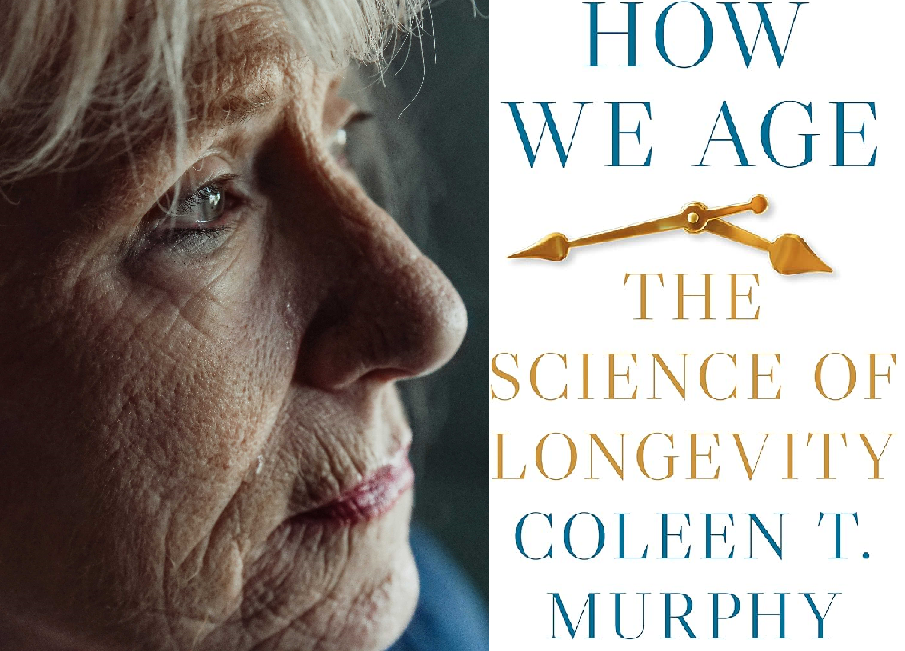How we age

“How We Age” this book written by Coleen Murphy is like a wild rollercoaster through the aging universe – without the wrinkles and with a lot more science! Forget about finding the fountain of youth; Murphy spills the beans on why getting older is as certain as finding that missing sock in the laundry.
Picture this: tiny worms and fruit flies stealing the show in a scientific blockbuster. These critters, like the Hollywood stars of the biology world, spill the secrets of aging, from genetics to metabolism, and everything in between. It’s like a bug soap opera, but instead of drama, you get groundbreaking science.
Ever heard of the C. elegans worm and its daf-2 gene? No? Well, get ready to have your mind blown. A mutation in this gene makes these worms live longer than your favorite TV series. And the daf-16 gene joins the party, teaming up to save the day when life gets tough, triggering protection mode. It’s like the superhero duo of the bug world!
But wait, there’s more! Murphy spills the beans on how genes and lifestyle choices play tug-of-war with aging. It’s like a cellular dance-off where genes show off their moves, and sometimes, they trip over each other. Who knew our genes had dance moves, right?
Ever wondered if your great-great-grandma’s diet could affect your love for pizza? “How We Age” dives into the idea that environmental shenanigans from way back when might still be influencing us today. It’s like your genes holding onto ancient family recipes, but instead of grandma’s cookies, it’s about avoiding a pesky bacterium.
And let’s not forget the fountain of youth – or, in this case, the fountain of ‘young’ blood. Murphy unveils the secrets of parabiosis, where animals share their life secrets. It turns out, ‘young’ blood can be the superhero serum for aging bodies. Move over, Avengers; there’s a new squad in town!
But hold the phone, there’s a serious side too. “How We Age” doesn’t shy away from the real talk about the ethics of growing old. With people living longer but not necessarily healthier, Murphy drops truth bombs about socio-economic disparities and the need for fair access to anti-aging tricks. It’s like a reality check in a world where not everyone has a VIP pass to the age-defying party.
The book wraps up with a peek into the future – from gut microbes to senescent cells, it’s like a sneak peek into the anti-aging arsenal. There’s even a nod to super-rich folks and biotech gurus investing in the elixir of everlasting youth. Spoiler alert: not all approaches are equal, and some might be as shaky as a Jenga tower.
In a nutshell, “How We Age” is like a backstage pass to the science party of the century. Whether you’re a science buff or just curious about why your knees make that weird noise, this book is your ticket to understanding the aging game. Aging might be inevitable, but with Murphy as your guide, you’ll be laughing all the way to the rocking chair.
